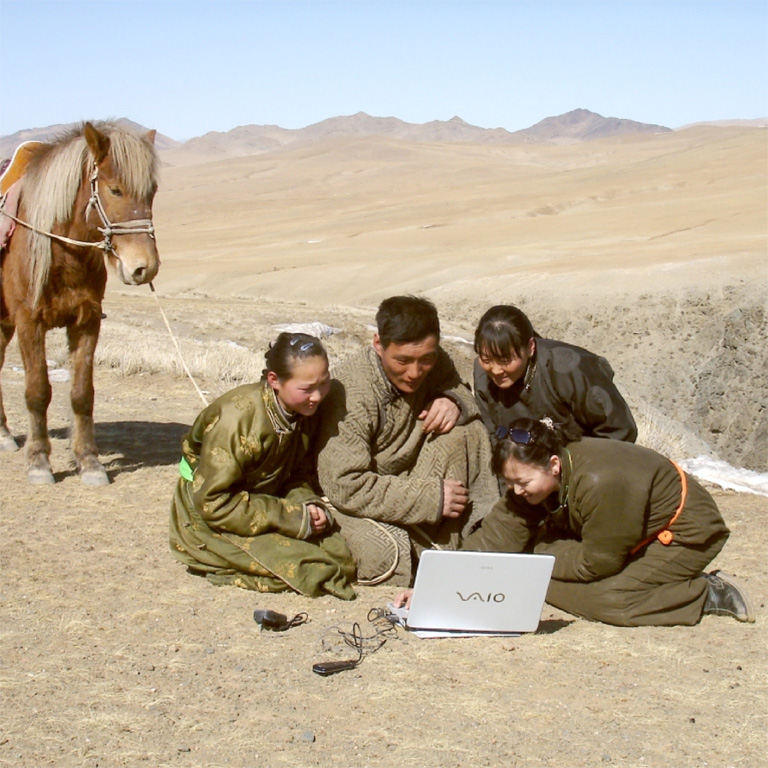Left in the dust
The question of whether or not students are availing themselves of the “gamut of available designs” is a difficult one. For starters, we have to ask ourselves which students we speak of? Students in the Global North have far more access to exposure to various pedagogies and different designs than students in the Global South. The reasons for this are numerous. Questions of hardware access, infrastructure such as high speed internet and bandwidth, censorship, teacher training, expense and cultural norms are just some of the reasons I can think of.
Since I am living and working in the Global South, I am going to speak from the perspective of an innovative educator (at least that’s how I would like to see myself) teaching in the public system to students who are on average- below middle class.
Whenever I attempt to bridge the technology divide in my classes, I am often confronted with many or most of the issues I have mentioned above, but beyond this, there is the issue of my students just not being comfortable with New Media. They almost all carry android mobile phones that have the capability of being used like mini computers but VERY few of my students access the gamut of available design and apps.
The reason for this ultimately comes down to the question of multi-literacies. The students have to bridge language and cultural divides along with the technology divide. Their first language is Malay, second is Arabic and third is English. They live in an Islamic society that is under the rule of an absolute monarch- so independent thought is frowned upon. Their classes are explicit teaching environments where teachers still play the role of the sage on the stage. They are encouraged to copy from the board, not make notes for themselves and the list of subservient non -critical thinking behaviour goes on.
How then, are these students expected to move through New Media with the ease that students from the Global North do? When I read the New London Group article, I found myself (not for the first or even second time in this program) asking myself how I could relevantly apply their findings to my students here here in Asia- who incidentally make up around 57% of the global population.
It’s true- multi-literacies are being called for- but the issue is so densely layered. One needs to surmount obstacles of access (economic, cultural, infrastructure, language) and independent thought as well. And to me this is the key.
One of the new initiatives of the Ministry of Education here is “Innovation and critical thinking”, but it begs the question, how can a country that imposes religious law upon its population and enforces allegiance to the monarchy ever have innovation and critical thinking? For if it was to really do so- it would threaten the tenuous hold religion and monarchy have on its people.
So, I am tentatively proposing the idea that perhaps multi-literacy pedagogies will take hold and be used successfully in a secular, free enterprise environment as these environments invite critical thought and freedom of ideas and speech. However, perhaps the tenants of multi-literacies need re-thinking in other environments that don’t share the same values or cultural norms.
Sources
The New London Group. (1996) “A Pedagogy of Multiliteracies:Designing Social Futures.” Harvard Educational Review 66(1), pp. 60-92.


You pose many thought provoking questions around a very interesting topic.
Do you teach at a domestic or international school in Malaysia?
The reason I ask is that for the very few Chinese students who do attend our international school, I can resonate with the challenges that these kids have when trying to integrate into a school culture build on concept based learning through social inquiry. Getting them to think critically and be meta-cognitive are unheard of notions.